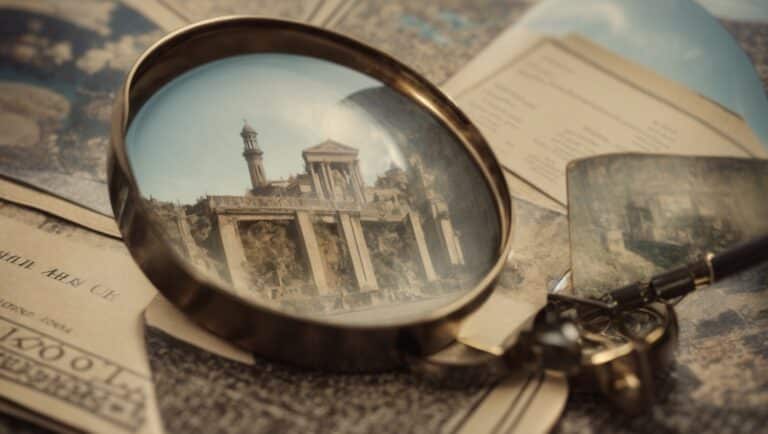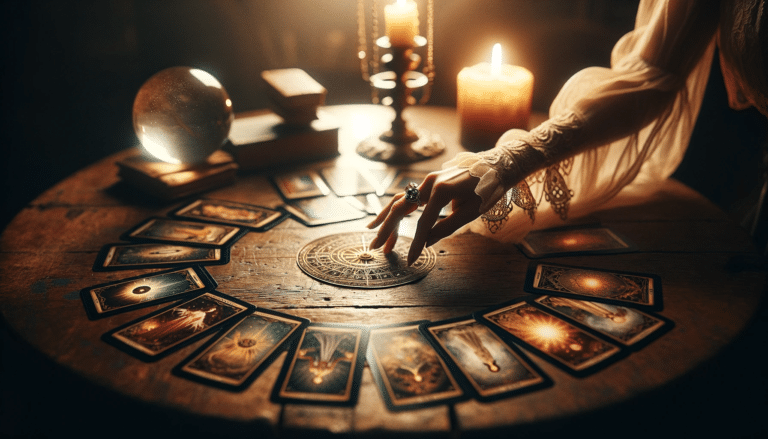Understanding Tarot Card Meanings: 15 Tips to Master the Tarot

Peering into the mystical world of tarot can be daunting. But don’t worry, you’re not alone on this journey! With these 15 essential tips, you’ll decode the secrets of understanding tarot card meanings in no time.
We’ll delve into the Major and Minor Arcana, explore symbols, colors, suits, and more.
So, buckle up and prepare yourself for an enlightening ride into understanding tarot cards. You’ve got this!
Key Takeaways
- A standard tarot deck consists of 78 cards, split into the Major and Minor Arcana.
- The Major Arcana consists of 22 cards that reflect the journey of the soul.
- The Minor Arcana is divided into four suits: Cups, Pentacles, Swords, and Wands.
- Each tarot card holds rich symbolism representing various aspects of life, emotions, and experiences.
Understanding Tarot Card Basics
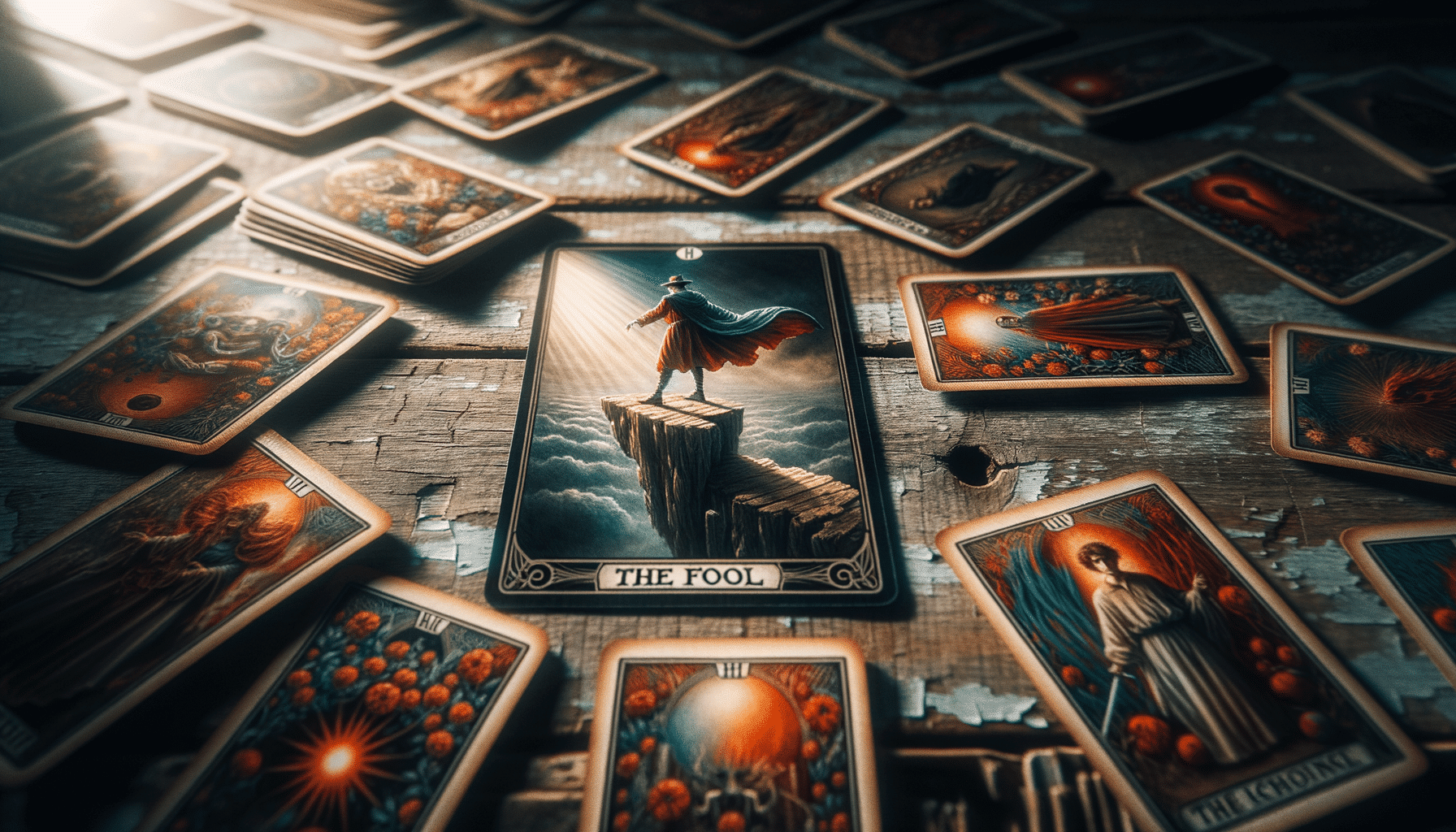
The first step in understanding tarot card meanings is getting a grip on the basic elements of a tarot deck. It’s important you recognize that a standard deck consists of 78 cards, split into the Major and Minor Arcana. Each card has a unique image and number which holds specific meanings and interpretations.
Your journey into tarot history exploration starts here. Originating in the mid-15th century in Europe, tarot was initially a card game. It wasn’t until the late 18th century that it was adopted as a tool for divination. Understanding this history can aid in your comprehension of the cards and their meanings.
The next stage involves card imagery analysis. Each tarot card is rich with symbols, colors and figures, all of which contribute to its overall meaning. It’s key to observe these details closely, as even the direction a figure is facing can change the interpretation.
In short, understanding tarot card meanings is a process. By grasping the basic elements, exploring its historical context and analyzing card imagery, you’re laying a firm foundation for your future readings. Remember, every tarot journey is personal and unique, much like the cards themselves.
Check out our Tarot Cards & Oracle Decks here…
The Significance of Major Arcana

Diving deeper into the world of tarot, you’ll find the Major Arcana holds significant importance in understanding the overall narrative of a reading. These 22 cards each carry their own unique meanings, heavily influenced by the rich Arcana history. They represent the journey of the soul, with each card reflecting a different stage in that journey.
A deeper understanding of these cards can be achieved by examining the Hierophant, a key figure in the Major Arcana. The Hierophant offers insights into tradition, conformity, and morality – themes that resonate throughout the entire deck.
To help you associate the cards with their meanings, consider the following table:
| Card | Meaning | Hierophant Insights |
|---|---|---|
| The Fool | New beginnings | Trust in the process |
| The Magician | Manifestation | Use your skills wisely |
| The High Priestess | Intuition | Listen to your inner voice |
Learn about more Basics of Tarot here…
The Role of Minor Arcana
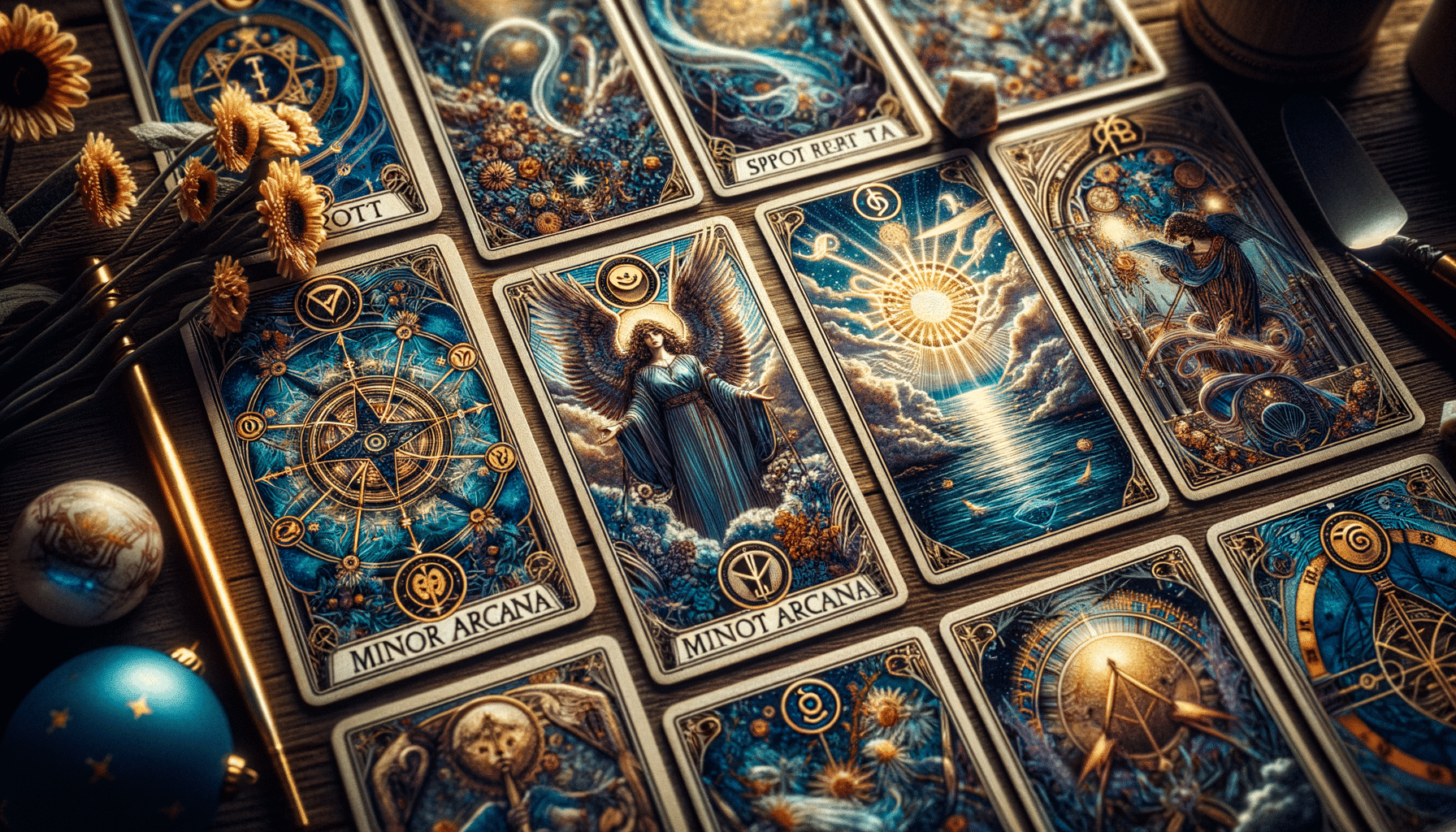
In your journey to understand tarot, you can’t overlook the Minor Arcana’s role in shaping the nuances of a reading. The Minor Arcana’s history is rich, dating back to the 15th century, and its influence remains significant in modern tarot readings.
The Minor Arcana is divided into four suits: Cups, Pentacles, Swords, and Wands, each correlating to an element, season, and aspect of life. These Arcana classifications help to add depth to a reading, providing insights into daily occurrences and emotional states that the Major Arcana mightn’t cover.
Cups, for instance, represent emotions and relationships. Pentacles, on the other hand, symbolize material aspects such as work, finances, and physical health. Swords are associated with thoughts, challenges, and conflicts, while Wands represent energy, creativity, and ambition.
Learn even more secrets of Tarot Interpretation here…
Decoding Tarot Card Symbols

Before you can become proficient in tarot card readings, you’ll need to spend time learning to decode the rich symbolism each card holds. Each card is a symbolic representation of various aspects of life, emotions, and experiences. Delving into Tarot history, you’ll find that these symbols have deep roots, often drawing from religious, mystical, and cultural iconography.
For instance, the ‘Death’ card, frequently misunderstood, isn’t necessarily about physical death. Instead, the symbol of death often represents transformation or change. The ‘Tower’ card, with its image of a lightning-struck tower, symbolizes sudden upheaval or disruption.
Decoding these symbols isn’t about memorizing meanings; it’s about understanding the layers of symbolism and using your intuition to interpret them in the context of a reading.
Remember, context is crucial. A card’s meaning can shift depending on its position in a spread and its relationship to surrounding cards. So, keep an open mind, and don’t be afraid to dive deep into the rich tapestry of symbols the Tarot offers.
Ready to add another layer to your Tarot understanding? Let’s move on to explore the impact of tarot card colors.
The Impact of Tarot Card Colors

You’ll find that colors on tarot cards aren’t just for aesthetics; they carry significant meanings that can enhance your interpretation during a reading. This color symbolism is a crucial aspect of tarot aesthetics. For example, red often symbolizes passion, action, and courage. Green, on the other hand, signifies growth, prosperity, and nature. Blue often represents peace, tranquility, and intuition.
Remember, the color of each card isn’t randomly selected. It’s carefully chosen to align with the card’s overall meaning. By paying attention to these colors, you can glean deeper insights from your readings.
It’s also essential to note that different tarot decks may use color symbolism differently. Therefore, it’s beneficial to familiarize yourself with the specific color meanings within your chosen deck.
Finally, don’t forget that your personal associations with colors will also come into play. If a color resonates with you in a particular way, that energy can influence your readings. Trust your intuition as you navigate the colorful world of tarot.
Now that you understand the impact of color in tarot cards, let’s move on to interpreting reversed tarot cards.
Interpreting Reversed Tarot Cards
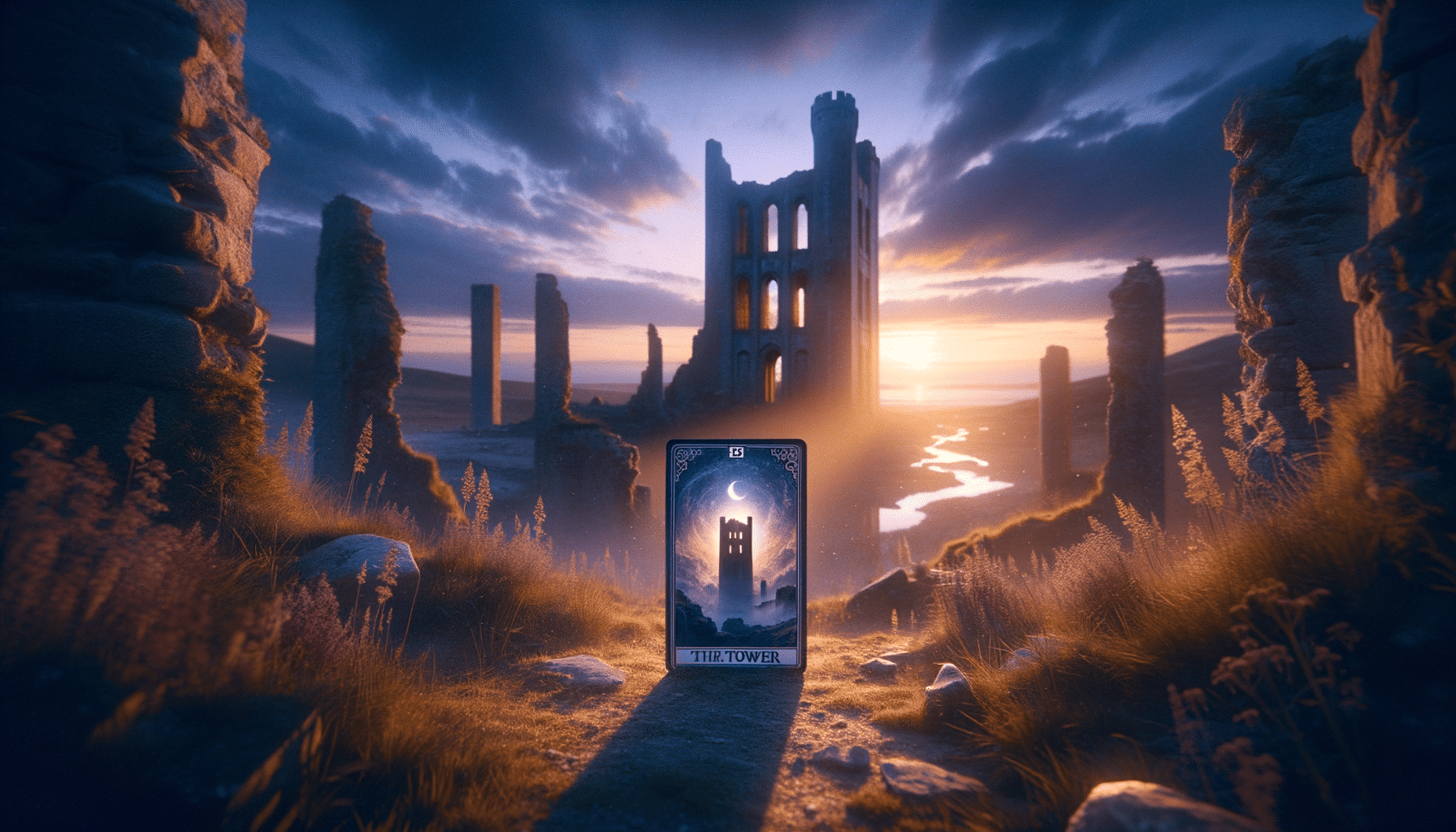
Don’t be intimidated by reversed tarot cards. They’re not as scary as they might seem, and understanding their symbolism can give you deeper insight into your readings.
Let’s get started on how to interpret these inverted cards.
Reversed Cards’ Symbolism
Understanding the symbolism of reversed tarot cards can deepen your grasp of the tarot’s rich tapestry of meanings. Recognizing reversed cards’ mythology and cultural interpretations of reversals is key. Don’t be daunted! Turned upside down, these cards aren’t negative but often represent an internal process or different perspective.
Here’s a simple table to help you with some common reversed tarot cards:
| Card | Upright Meaning | Reversed Meaning |
|---|---|---|
| The Fool | New Beginnings | Naivety, Foolish Risks |
| The High Priestess | Intuition, Mystery | Secrets, Disconnected Intuition |
| The Empress | Fertility, Abundance | Dependence, Smothering Love |
| The Emperor | Authority, Structure | Tyranny, Rigidity |
| The Hierophant | Tradition, Spiritual Wisdom | Dogma, Rigidity |
Reading Inverted Cards
Now that we’ve covered what reversed cards symbolize, it’s time to delve into how to interpret these inverted tarot cards in a reading. Remember, the inverted cards’ ambiguity often creates a challenge. Unlike upright cards, reversed ones can indicate an internal or less obvious aspect of a situation.
For example, the upright ‘Strength’ card signifies power and courage. When reversed, it might hint at inner strength or a hidden struggle. Don’t get caught in the trap of seeing reversed cards as merely the opposite of their upright meaning. Instead, imagine them as a different shade of the same color.
The key is to remain open to the nuanced messages that the cards present. This approach will deepen your understanding and make your readings more insightful.
The Connection Between Tarot and Numerology

You might not have considered the role of numerology in tarot, but it’s a significant aspect in understanding the card meanings.
When you interpret numbers in tarot, you’ll uncover deeper layers of insight.
Numerology’s Role in Tarot
Although it might seem complex at first, once you’ve grasped the basics of numerology, it’ll significantly enrich your understanding of tarot card meanings. Numerology, essentially, is the study of numbers and their spiritual significance. By learning numerology basics, you can draw Tarot Numerology Comparisons that’ll provide deeper insights into your readings.
Here are four key connections:
- Each of the 78 tarot cards corresponds to a certain number, which holds a specific energy.
- The numbers on the Major Arcana cards reveal deeper meanings beyond the symbolic images.
- In the Minor Arcana, the number tells the stage of the journey, adding context to the suit’s theme.
- Court cards, though more complex, also have numerical associations which can reveal aspects of personality or situational influences.
Interpreting Numbers in Tarot
Diving into tarot-numerology connections, it’s crucial to recognize that each card’s number isn’t just a quantity, but a symbol carrying its own unique energy and significance. This numerical symbolism is vital to understanding tarot patterns.
For example, cards bearing the number ‘one’ often signal beginnings, while ‘two’ indicates balance or partnership. ‘Three’, on the other hand, might suggest growth or creative expression.
By understanding these basic associations, you’ll be better equipped to interpret the deeper messages of your tarot readings. Remember, it’s not just about the individual card meanings, but the overall pattern they form together.
Tarot-Numerology Relationship Insights
In understanding the tarot, it’s crucial to consider its deep-rooted connection with numerology. Numerology’s influence on tarot is vast, allowing for more nuanced and accurate tarot predictions. This fusion of disciplines can provide unique insights and deeper comprehension of your tarot readings.
Consider these aspects to better grasp the connection:
-
Each tarot card has a corresponding number, which has a specific numerological meaning.
-
Numerology can provide additional layers of meaning to your tarot readings.
-
Tarot predictions can be enhanced by understanding the influence of numbers.
-
It’s key to consider both the numerological and traditional card meanings for a comprehensive reading.
Using Intuition in Tarot Reading
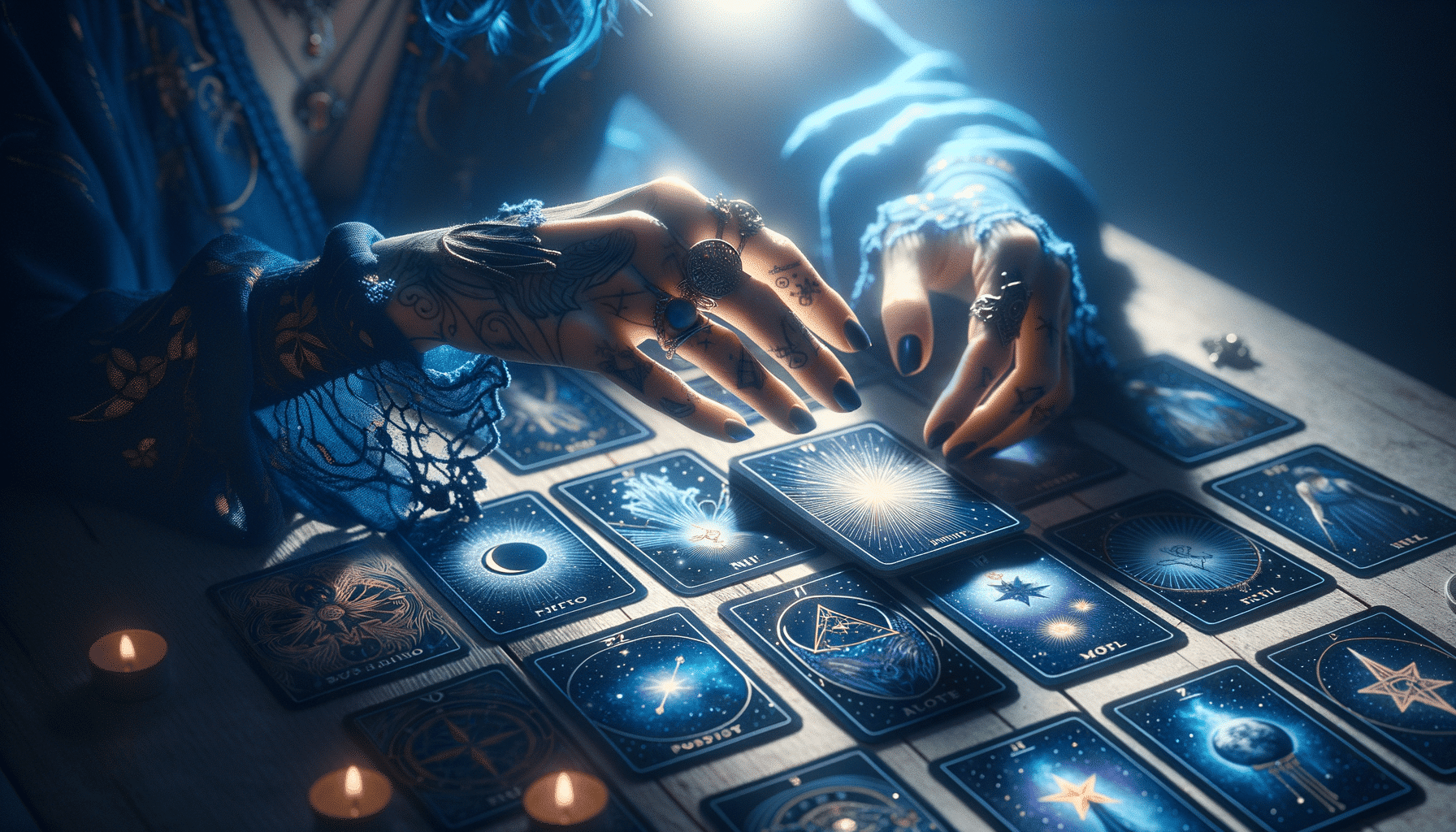
You’ll find that tapping into your intuition plays a crucial role when reading tarot cards. This is where intuition development and psychic abilities come into play. Intuition is like a muscle; the more you use it, the stronger it gets. You don’t have to be a psychic to read tarot cards effectively, but enhancing your psychic abilities can certainly provide deeper insights.
Start by quieting your mind and focusing on the symbols and images on the tarot cards. Let your intuition guide you, instead of relying solely on memorized meanings. Each card has a plethora of symbols, and your intuition will help you decipher which are the most relevant.
Next, trust your gut feelings. If a particular card gives you a sense of unease or joy, there’s a reason for it. Don’t disregard these feelings; they’re part of your intuitive guidance.
Finally, practice makes perfect. The more you read tarot, the better you’ll become at tuning into your intuition. Don’t rush the process. Just like any skill, it takes time to develop.
The Power of Tarot Card Combinations

Understanding the power of tarot card combinations goes beyond knowing individual card meanings. It’s about how those cards interact and impact each other in a reading.
Let’s explore how interpreting these combinations can dramatically enhance your tarot readings.
Interpreting Card Combinations
When you’re ready to delve deeper into Tarot, grasping the power of card combinations can truly elevate your readings. This is where the real magic of meditative Tarot comes into play. Here’s how:
- Start by looking at the cards’ individual meanings.
- Next, consider how these meanings interrelate and combine, creating a unique narrative.
- Always remember Tarot ethics; your readings should be considerate and respectful.
- Lastly, trust your intuition. It’s an invaluable tool in interpreting card combinations.
Understanding card combinations is like learning a new language; it’s a skill developed over time. So, be patient with yourself and enjoy the journey. This is your pathway to more insightful and powerful Tarot readings.
Enhancing Readings With Combinations
Diving deeper into the art of Tarot, enhancing your readings with card combinations can significantly amplify their power and insight. You’re not just placing cards next to each other; you’re weaving a narrative, linking Tarot symbolism myths with real-world experiences. Remember, it’s not the cards that hold power, but the meanings you draw from their combinations.
Understanding Tarot reading ethics is also crucial. You must respect the querent’s boundaries, never forcing an interpretation that’s unwelcome or distressing. Balance is key; don’t let the Tarot symbolism myths overshadow the message.
Understanding Tarot Card Meanings in Different Spreads
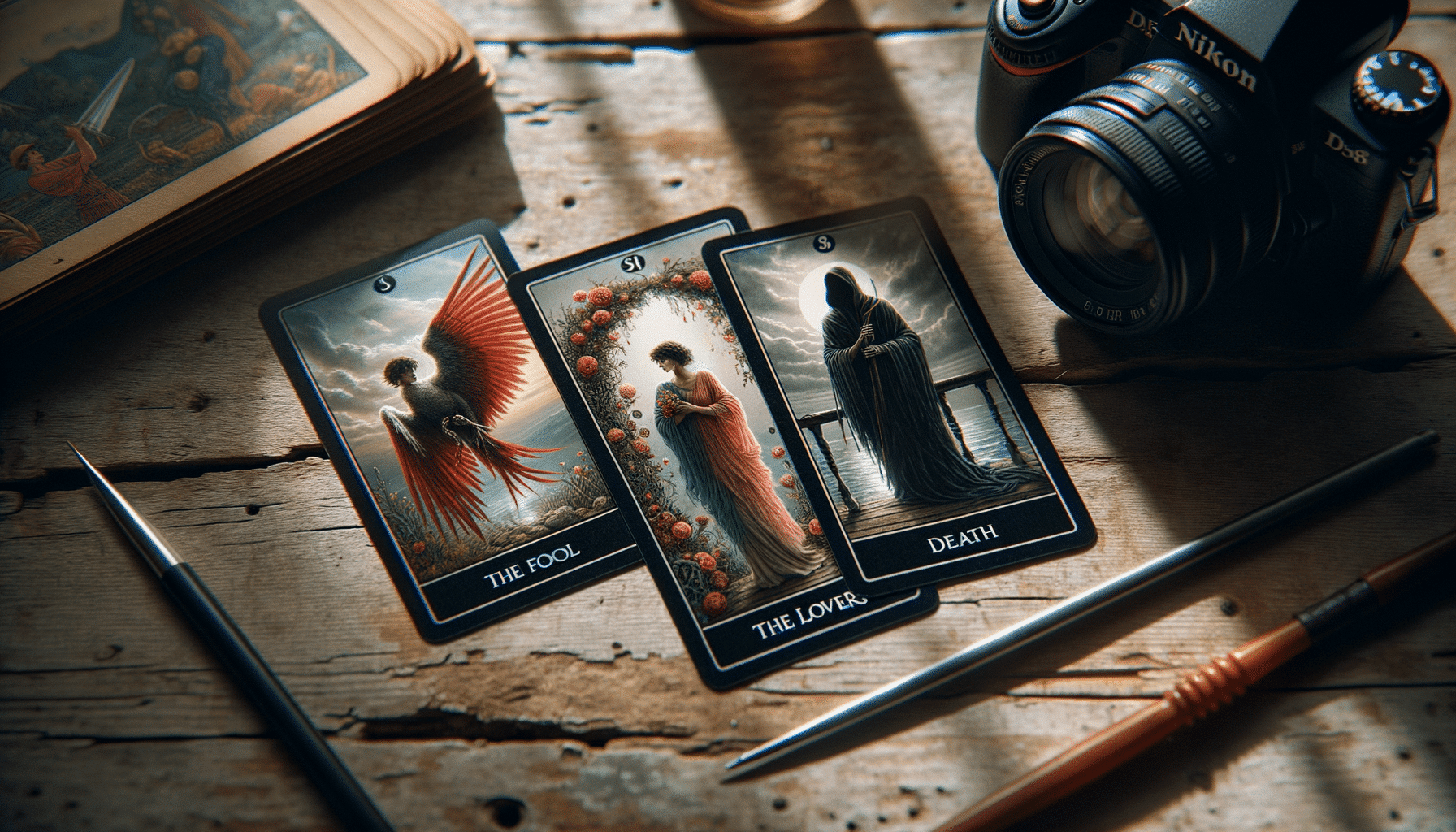
In your journey of deciphering tarot cards, you’ll find that each of the 78 cards has a unique meaning in different spreads. This understanding stems from recognizing the power of spread positioning and acknowledging the tarot patterns that emerge.
Here are a few things to keep in mind:
-
Each position in a spread represents a different aspect of the question or situation you’re exploring. Thus, the exact same card can have a different implication depending on where it lands.
-
Tarot patterns can emerge from the cards’ positions in the spread. For instance, a plethora of pentacles could indicate financial matters, while an abundance of cups may signal emotional issues.
-
It’s important to consider the relationships between the cards in a spread. Each card doesn’t exist in a vacuum; they all interact with each other to create a fuller picture.
-
Keep in mind that tarot is a fluid and intuitive practice. While there are traditional meanings associated with each card, your personal interpretations are equally valid.
Understanding the meanings of tarot cards in different spreads isn’t just about memorizing card meanings – it’s about interpreting the story the cards are telling together.
Reading Tarot for Self-Reflection
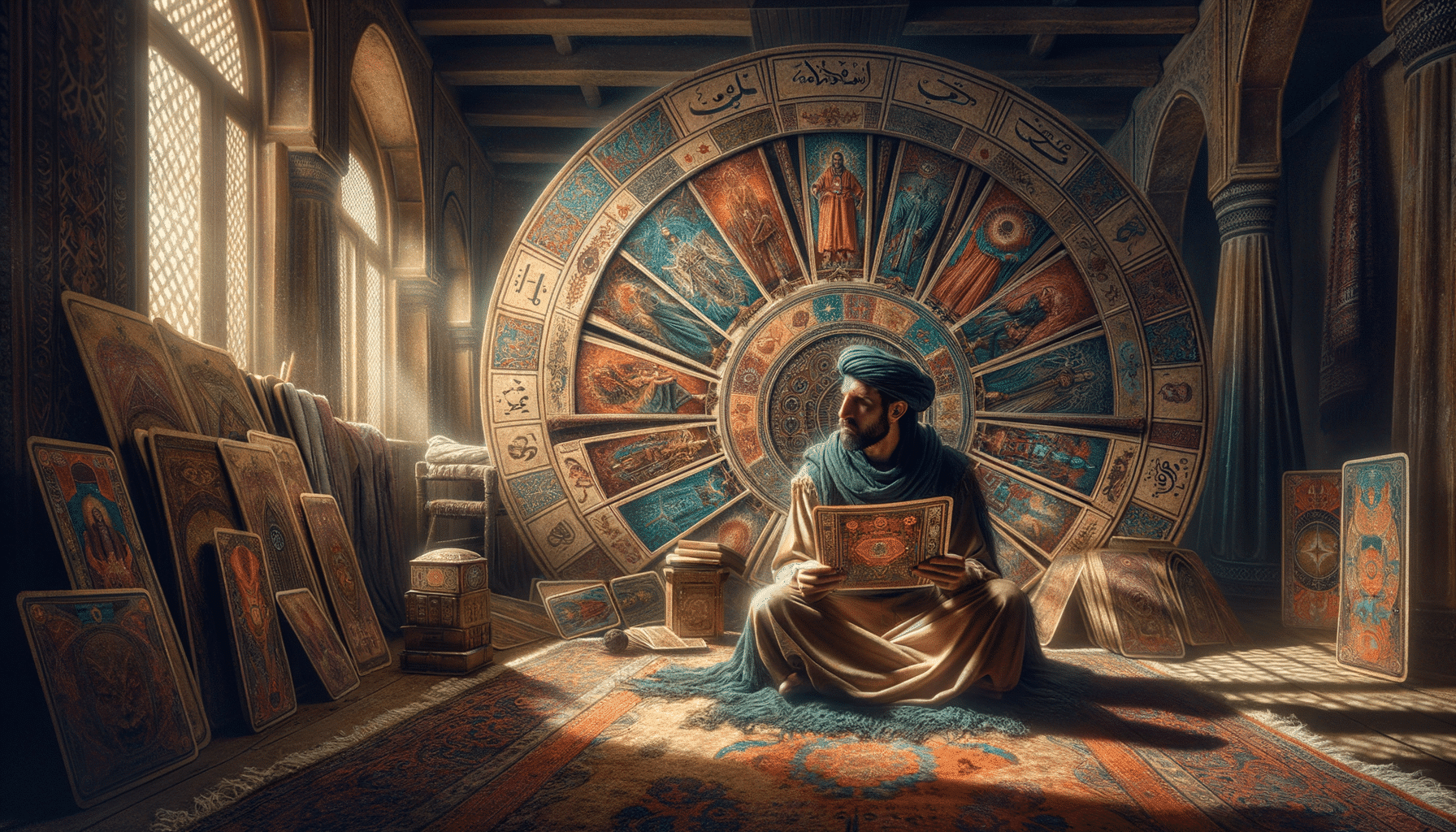
You’re about to explore how tarot can be a tool for self-reflection.
We’ll discuss interpretation techniques that could help you decipher the cards’ messages for personal growth.
Get ready to tap into a new level of self-understanding with tarot.
Self-Reflection Through Tarot
When you’re seeking self-understanding, tarot card reading can become a powerful tool for deep introspection. It’s not just about telling the future; it’s more about tarot meditation and receiving spiritual guidance.
Here’s how you can use tarot for self-reflection:
-
Draw a card each day and ponder its meaning, considering how it might apply to your life.
-
Reflect on the symbols in the card. What’re they telling you about your current situation or feelings?
-
Use tarot as a meditation tool. Focus on a card and let your mind wander, exploring what thoughts and emotions it provokes.
-
Keep a tarot journal. Write about your readings, your interpretations, and how they relate to your life and growth.
Interpretation Techniques
Diving into tarot interpretation, you’ll find a plethora of techniques to aid you in reading cards for self-reflection.
One such method involves deciphering symbolic associations. Each card carries unique symbols, which stand for certain ideas or themes. For instance, water often symbolizes emotions, while a sword might signify thoughts. Learning these associations can deepen your understanding of the cards, giving you richer insights into your own psyche.
Respecting Tarot Ethics is also paramount. It’s about using the tarot as a tool for self-improvement, not exploiting it to manipulate others or infringe on their privacy. Always approach your readings with respect and integrity, seeking truth over convenience.
Now, let’s transition to how these techniques can unveil personal growth insights.
Personal Growth Insights
Harnessing these interpretation techniques, you’ll discover how tarot readings can reveal profound insights into your personal growth journey. By focusing on personal reflection, you can uncover new perspectives and develop a deeper understanding of your spiritual evolution with tarot.
Consider these steps to maximize your tarot-inspired meditation:
- Start by setting a clear intention for your reading.
- Allow the cards to guide your meditation, focusing on symbols that resonate with you.
- Reflect on the insights revealed by the cards and how they apply to your personal growth journey.
- Journal your thoughts and feelings after the reading for further reflection.
Spiritual evolution with tarot isn’t just about prediction, but about personal growth when you’re interpreting tarot cards for self-discovery..
Now, let’s explore the role of the question in tarot reading.
The Role of the Question in Tarot Reading

In a tarot reading, it’s crucial for you to understand the significant role your question plays in shaping the interpretation of the cards. The way you phrase your question directly impacts the meaning of the reading. This is where question phrasing comes into play. For instance, a vague or broad question often results in an equally vague response. On the other hand, a focused, specific question can yield in-depth insights.
Just as important as question phrasing is Tarot ethics. It’s essential to ask questions that respect the boundaries and privacy of others. In other words, it’s not ethical to ask about someone else’s personal life or future without their consent.
Consider the table below:
| Question Type | Impact on Reading |
|---|---|
| Vague/Broad | General, vague answer |
| Specific/Focused | In-depth insights |
| Unethical | Potentially harmful |
Understanding Tarot Card Suits
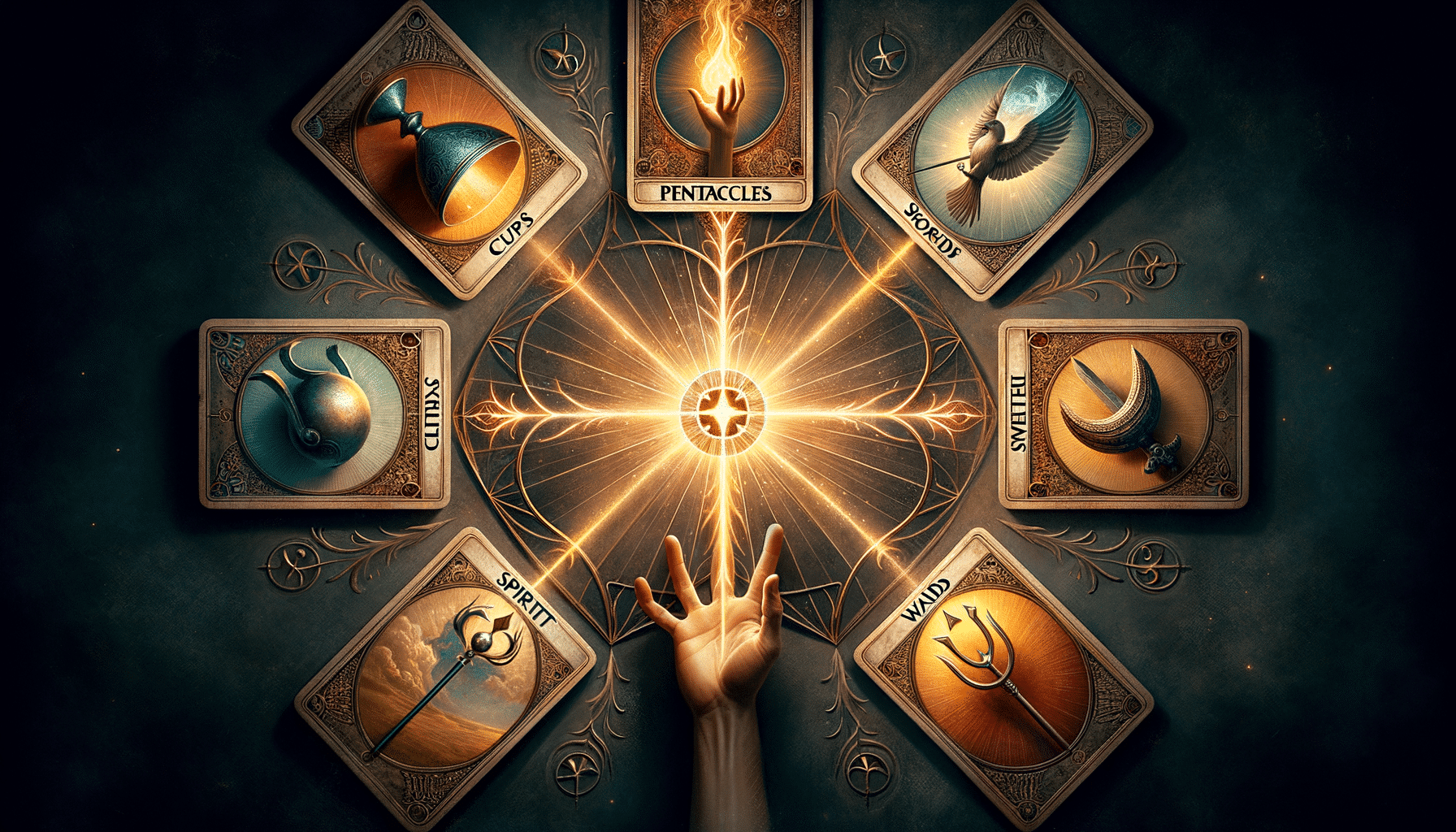
So, why are the suits of the Tarot deck important to understand?
They’re not just decorative elements. Each suit has a specific theme that helps to shed light on different aspects of your life during a reading. Understanding these themes can greatly enhance your tarot history exploration.
The Tarot deck is composed of four suits: Cups, Wands, Swords, and Pentacles. Each of these suits corresponds to a particular element and has its own unique symbolism:
-
Cups represent emotions, relationships, and spiritual experience. They’re associated with the element of water.
-
Wands symbolize creativity, energy, and action. They’re linked to the element of fire.
-
Swords are about intellect, conflict, and power. They’re tied to the element of air.
-
Pentacles relate to material possessions, work, and the physical world. They’re connected to the element of earth.
Incorporating suit-based exercises into your tarot practice can help you grasp these concepts more deeply. Try drawing a card from each suit and reflecting on its meaning in relation to its suit. Understanding the suits will give you a clearer interpretation of your Tarot readings.
Remember, the more you engage with these elements, the more intuitive your readings will become.
The Influence of Court Cards in Tarot
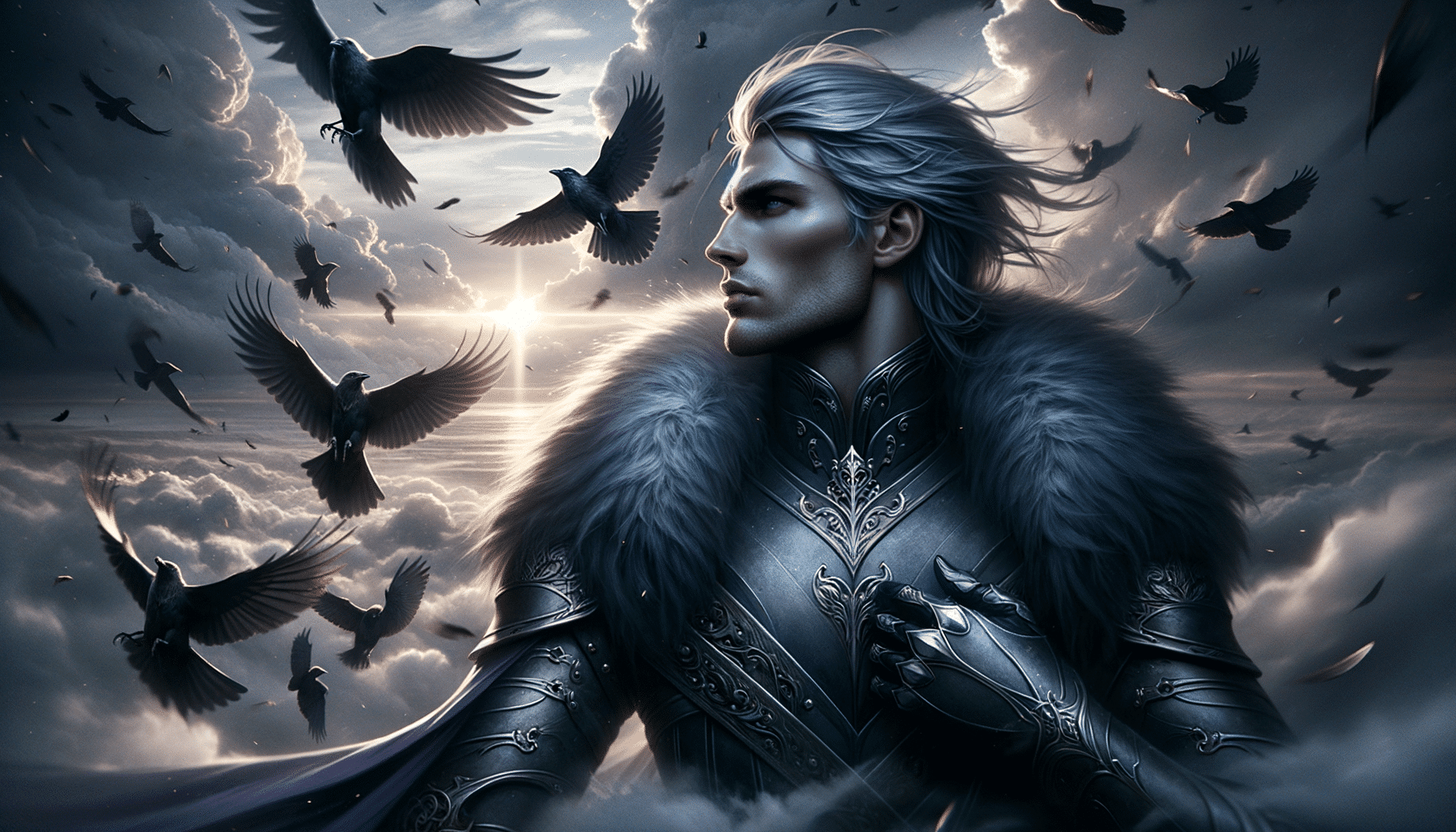
Understanding the influence of court cards in your Tarot readings can significantly enhance your ability to decipher the deck’s messages with precision. Court cards aren’t just simple cards; they carry personalities, each one representing a particular persona. These court card personalities add depth to your readings, offering perspectives from different characters.
You might come across the King or Queen, Knight, or Page in your readings. Kings typically represent mature, dominant figures, while Queens symbolize nurturing forces. Knights are the action takers, and Pages often stand for youth or new beginnings. Recognizing these court card personalities helps you interpret the nuanced messages your tarot deck is trying to convey.
Moreover, understanding court card relationships can further improve your tarot reading skills. The interactions between these cards can reveal insights about the relationships in your life or the dynamics of a particular situation.
Understanding Deeper Meanings of Tarot Cards
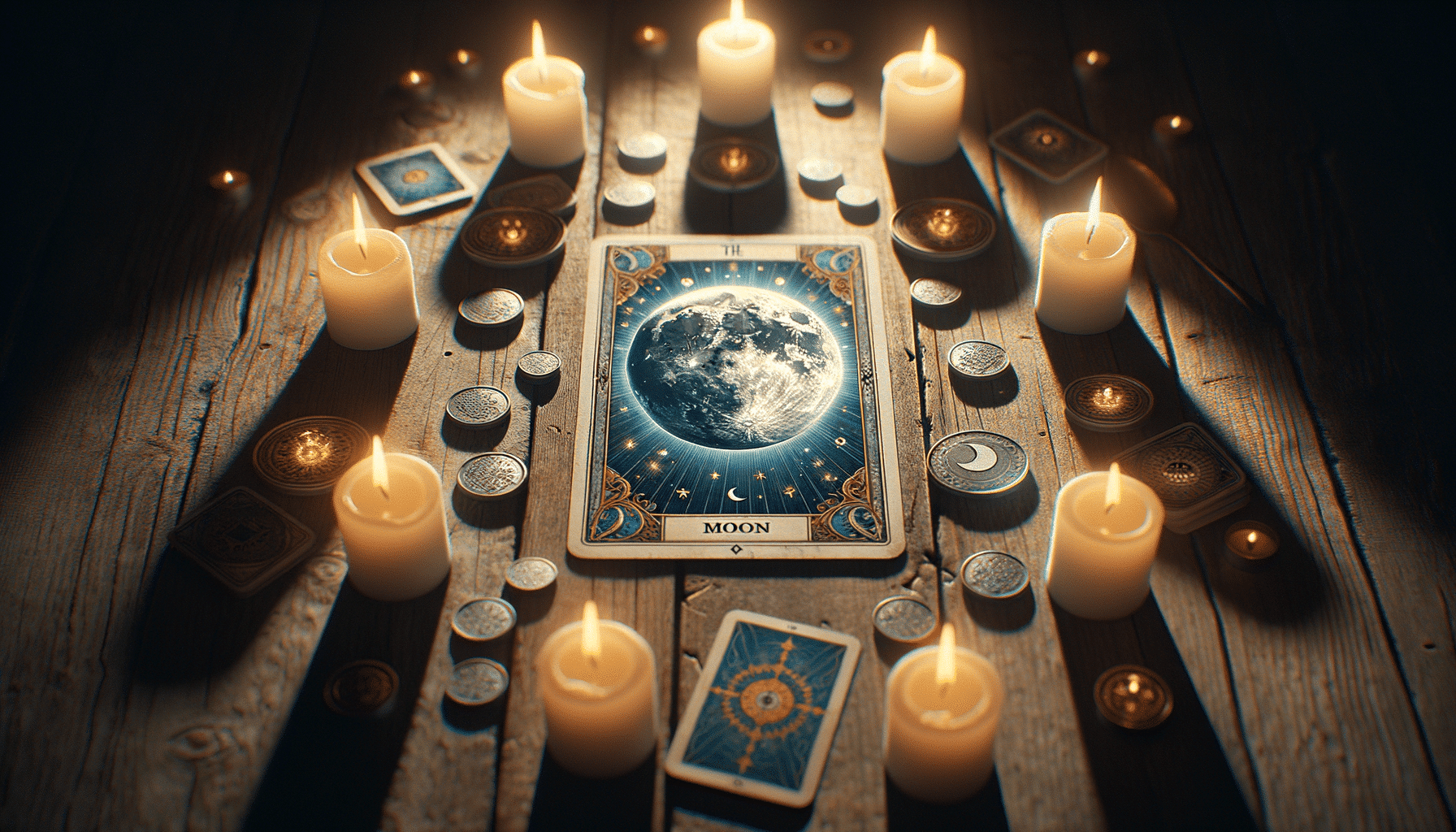
As you delve deeper into tarot card readings, you’ll find that each card holds more profound and hidden meanings than you might initially realize. The deck’s symbolism is steeped in rich Tarot history and well-rooted in Tarot mythology, which can enhance your reading experience.
To fully grasp the deeper meanings of the tarot, consider the following:
-
Understand the Tarot mythology: Many cards are imbued with mythological symbols and archetypes, which can provide a richer context to their meanings.
-
Delve into Tarot history: Tarot cards have a long, intricate history. Knowing the evolution of these cards can deepen your understanding and interpretation.
-
Consider the imagery: Beyond the apparent symbols, there are hidden images in the cards that hold deeper meanings.
-
Take note of your intuition: Sometimes, you’ll feel a certain way about a card, even if it doesn’t match its ‘standard’ meaning. Trust this. Your intuition is a powerful tool in tarot reading.
Frequently Asked Questions
Can Tarot Cards Predict the Exact Timing of a Future Event?”
Like trying to catch a butterfly, predicting exact timings with tarot cards isn’t guaranteed. Tarot timing techniques can hint at a timeline, but event prediction accuracy isn’t precise. It’s more about guidance than certainty.
Is It Possible to Use Tarot Cards for Communicating With Deceased Loved Ones?”
Yes, you can use tarot cards to foster spiritual connections with deceased loved ones. But remember, ethical considerations are key. Respect their energy and don’t expect clear, specific messages. It’s a nuanced communication.
How Often Should I Cleanse My Tarot Cards for Accurate Readings?”
You should cleanse your tarot cards as often as you feel necessary. Cleansing methods improve tarot accuracy by clearing any negative energy. It’s your personal connection that determines how frequently you’ll need to cleanse them.
Can I Perform a Tarot Reading for Someone Without Their Knowledge or Consent?”
While it’s possible to perform a tarot reading without someone’s knowledge or consent, it’s not advised due to ethical considerations. It could be viewed as a privacy intrusion. Always seek permission first.
Is There Any Scientific Evidence Supporting the Effectiveness of Tarot Card Readings?”
Peeling back the veil of scientific skepticism, you’ll find that there’s scant evidence supporting tarot card readings. Rigorous evidence analysis hasn’t produced concrete proof, leaving tarot’s effectiveness largely to personal belief and interpretation.
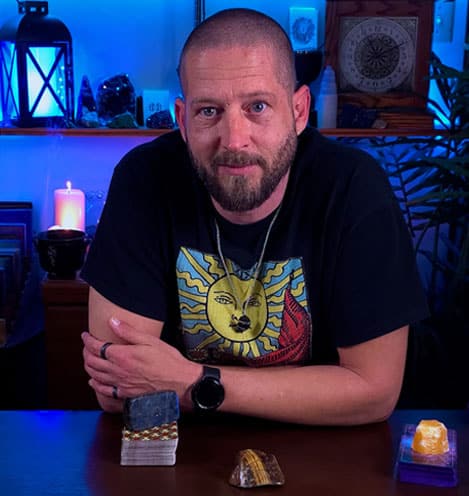
About The Author – Allen Hill
Allen Hill, the force behind Unknown Truth Tarot, has a YouTube following 6-times bigger than the population of his hometown, Miamisburg, Ohio. From his spiritually rich blog on Tarot and crystals to his role as CEO of The Unknown Truth Tarot Metaphysical Shop, Allen’s passion for the metaphysical shines through.
A master Tarot reader and “crystal junkie,” Allen is also a devoted dad to Dylan, 10, and Destiny, 24. When he’s not immersed in the world of Tarot and crystals, he enjoys poker and video gaming sessions, often humorously outplayed by Dylan.
Follow Allen on Twitter, Instagram, Facebook, TikTok, and subscribe to his Unknown Truth Tarot YouTube channel to join him on a journey of spiritual growth and self-discovery.

